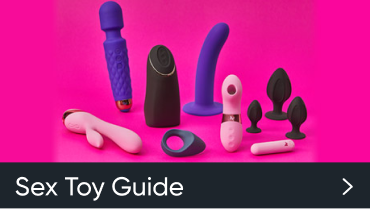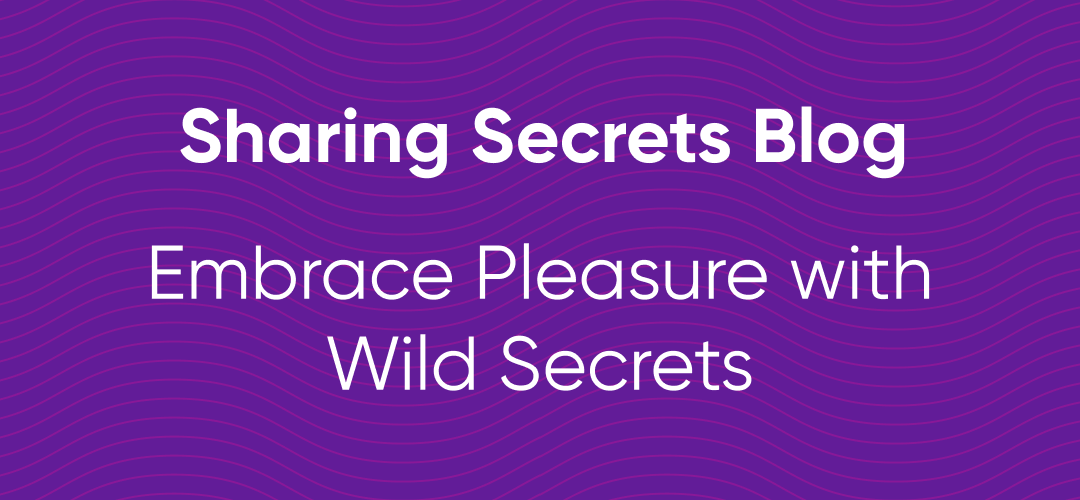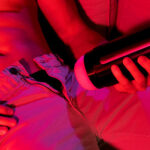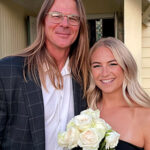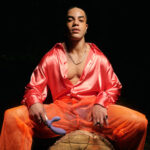
With Sydney World Pride and Mardi Gras in full swing, there are many questions floating around about asexuality and being asexual. The term itself was only recently coined as a term by 2010, and is on the lower end of the spectrum of sexual attraction. Many asexual people don’t experience sexual attraction at all, but it’s it’s a spectrum. Some asexuals experience sexual attraction very rarely, or only with a partner they know on a deeper level. Some still have a desire for romance. Others don’t. With spectrums being so vast and diverse, with many different notches and micro-labels, there are many misconceptions surrounding asexuality and being asexual, so even if you’ve read my previous article on what it means to be asexual, stick around! I’ve teamed up again with Wild Secrets to answer your questions, as taken from social media.
1. How can you be sure you’re asexual?
Figuring out exactly where you sit on the spectrum of sexual attraction can be wildly confusing. Rest assured, there’s no pressure to get your label 100% accurate, and it’s taken a lot of looking into my past experiences to understand that. When I first found out what it meant to be asexual, looking at online resources created by the community helped a lot. They helped me find my micro-labels, and broke down the attraction model which helped guide me.
Sexuality is also extremely fluid, and there’s no pressure to even label yourself. It’s okay to take time to figure yourself out. It took me 3 years even after after discovering asexuality, and I’m still learning.
2. How can you separate arousal from attraction?
Separating arousal and attraction can feel like a mission, especially when we’ve been taught they go together for so long – it becomes second nature. For many allosexual people – that is, people who experience sexual attraction and desire – they feel intrinsically linked. For a lot of asexual people, the two things are already disconnected. Many of us never feel them together. It’s not about separating them. It’s that one just doesn’t, or very rarely occurs. I mentioned it before, but the split attraction model helped me understand arousal vs. attraction and why my brain separates the two.
I also like to say “attraction, not action” because there’s a huge difference between having a libido and being asexual. Arousal is how your body reacts to touch, whereas sexual attraction is how your body reacts to people. While you may not be sexually attracted to somebody, you can still feel aroused in the moment if you’re sexually active with them.

3. My sexual attraction fades over time. Am I asexual?
Quite possibly! Having sexual attraction that fades over time is what we like to call fraysexuality. Often mistaken for having a “stranger kink,” people whose sexual attraction fades over time is definitely a part of the asexual spectrum and 100% okay! If you feel that being asexual or fraysexual fits your experience, then maybe explore it and see if it works for you.
4. Can asexuality affect gender identity?
Absolutely! For many asexual people, the sheer idea of being perceived sexually is repulsive. This can often cause them to dislike the parts of themselves that people are finding attractive – and that’s often parts of us that are specific to our biological sex or socially assigned gender. I personally experience this, and I go by she/they.
5. Can you be both asexual and gay?

100%! Asexuality is merely the lack of sexual attraction and has nothing to do with romance desire or platonic partnerships. It’s not always easy though. A lot of sapphic aces find themselves being accused of hiding in the closet because they don’t want to have sex. I personally find many LGBT+ spaces to be inherently hyper sexualised, and finding where you fit in as an asexual person is definitely a learning curve.
6. How do you make relationships work as an asexual person?
Many asexual people find dating to be exhausting. There’s the whole instant gratification sex first culture to get past and I can’t remember the last time I met somebody without internet-stalking them first. But generally, it all comes down to the specifics of the relationship and the people in it. What are you – and they – comfortable with, and where does that overlap? Being LGBTQIA+, it’s unfortunate that you have to vet people… but safety first.
7. Do asexual people need to be in open relationships?
No. This really overlaps with the previous question. Many ace folk feel the need to open relationships if they are with an allo-identifying partner, as they feel responsible for satisfying – or frustrating – their partner’s sexual drive. It’s not mandatory and sex should never be an obligation. No relationship is worth sacrificing your values or compromising yourself for.
Each person and each relationship is different though, and it all boils down to what you both need and how you communicate with your partner. You might meet somebody with a low sex drive, or end up dating someone else on the asexual spectrum. If you’re into polyamory, that’s great – as long as it’s consensual.
8. Can asexual people still masturbate and have sex?
Yes. Asexuality is simply just a lack of sexual attraction. I like to think of sex like Oreos. I might not be hungry for Oreos, but it doesn’t mean I won’t snack on one or two. Each to their own, and orgasms are great for reducing stress. Maybe you still want to masturbate. Maybe you don’t. It’s all good! You do you boo!
9. Do you have any recommendations for asexual representation in TV/Film?

If you want to spend some extra time learning about asexuality through source material, I suggest either watching Cash in Heartbreak High, Elijah in Big Mouth or Todd in Bojack Horseman. We don’t have a lot of representation, and most of it is animated but it’s on the come up. I hope to one day premiere the world’s first series with an ace lead.
10. Where do I go to learn more about asexuality?
I really like the Asexual Visibility and Education Network (AVEN) website. They have many resources, links and projects to follow. You can also jump on multiple forums and threads and pose your burning questions about asexuality. Apart from that, there are plenty of online voices like Ace Dad Advice, Marshall Blount, and the Sounds Fake But Okay podcast. They’re all great educators and you’ll love their content!
You can also follow me on Instagram, or join me at the 2023 International Asexuality Conference in early March that’s running a part of Sydney World Pride. I’m going to be on various panels discussing the importance of representation. You also catch me on trams, billboards, and bus stops advertising Sydney World Pride as a Pride Ambassador of Asexuality! I’m the one in the sequined purple suit. See you there!




